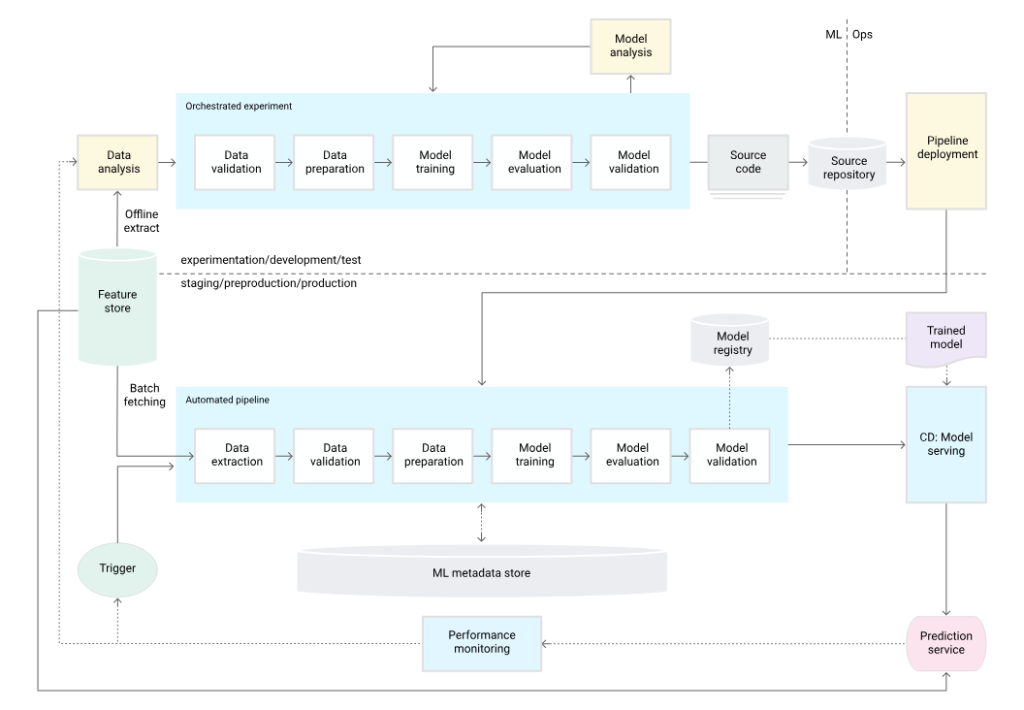
Are you tired of manually managing cloud operations? Do you want to optimize your cloud infrastructure using machine learning? If yes, then you need to learn about MLOps.
What is MLOps?
MLOps, or Machine Learning Operations, is the practice of using DevOps principles to manage machine learning models. It involves the use of automation, monitoring, and collaboration to streamline the deployment and maintenance of machine learning models.
MLOps is a relatively new field that has gained popularity in recent years, as more organizations have started to adopt machine learning and artificial intelligence to gain a competitive advantage.
Why Use MLOps for Cloud Operations?
MLOps can help you improve the efficiency and accuracy of your cloud operations. Here are some benefits of using MLOps for cloud operations:
1. Automation
MLOps allows you to automate the deployment and maintenance of machine learning models. This means you can save time and resources by automating repetitive tasks such as data preprocessing, model training, and model deployment.
2. Monitoring
MLOps provides real-time monitoring of your machine learning models. This means you can detect and resolve issues quickly, before they impact your business operations.
3. Collaboration
MLOps encourages collaboration between data scientists, developers, and operations teams. This means you can work together to optimize your machine learning models and improve their performance.
How to Implement MLOps for Cloud Operations?
Implementing MLOps for cloud operations requires a combination of technical and cultural changes. Here are some steps you can take to implement MLOps for cloud operations:

1. Define Your Goals
Before you start implementing MLOps, you need to define your goals. What are you trying to achieve with your machine learning models? How will you measure success?
2. Choose the Right Tools
There are many tools available for implementing MLOps. Choose the ones that best suit your needs and budget. Some popular MLOps tools include Kubeflow, MLflow, and TensorFlow Extended (TFX).
3. Build a Pipeline
Build a pipeline that automates the deployment and maintenance of your machine learning models. This pipeline should include the following stages:
- Data preprocessing
- Model training
- Model validation
- Model deployment
- Monitoring
4. Monitor Your Models
Monitor your machine learning models in real-time. Use tools such as Prometheus and Grafana to visualize your model performance and detect anomalies.
5. Collaborate
Encourage collaboration between your data scientists, developers, and operations teams. This will help you optimize your machine learning models and improve their performance.
Conclusion
MLOps is a powerful approach to managing machine learning models in the cloud. By automating, monitoring, and collaborating, you can optimize your machine learning models and improve their performance. So, start implementing MLOps for your cloud operations today and take your business to the next level!